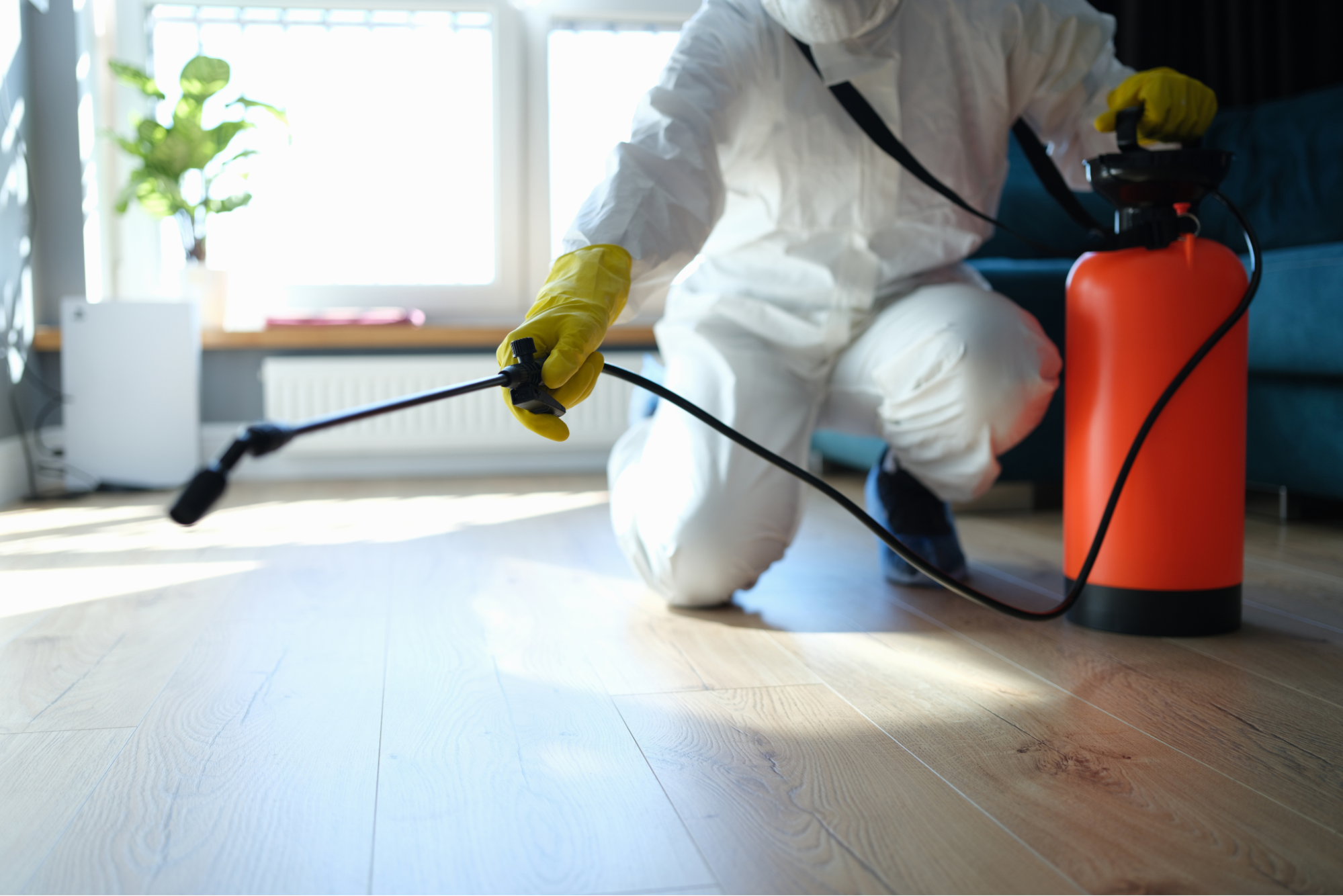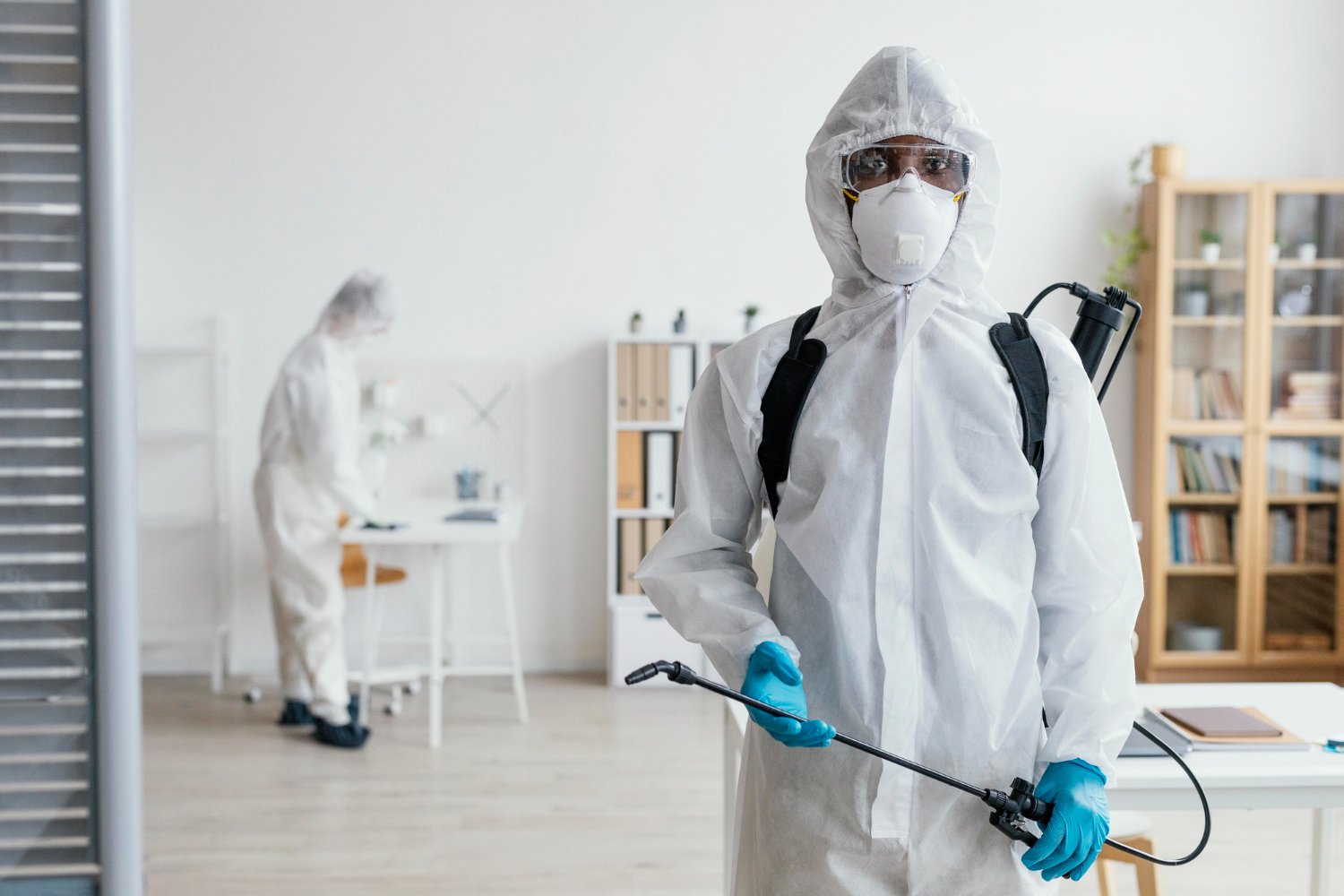Efficient A1 Bed Bug Treatment in Charlotte - Safe and Proven Methods
Efficient A1 Bed Bug Treatment in Charlotte - Safe and Proven Methods
Blog Article
Bed Pest Therapy Breakdown: Contrasting Chemical Vs. Non-Chemical Solutions
In the world of pest control, specifically when dealing with the consistent problem of bed bugs, the choice between chemical and non-chemical treatment services can be a critical one. Both methods offer distinct benefits and disadvantages, influencing factors such as effectiveness, safety and security factors to consider, and general price. By taking a look at the nuanced details of each technique, a more clear understanding of which course to seek in dealing with a bed insect infestation can be attained.
Performance of Chemical Therapies
Chemical therapies for bed insect problems have been widely acknowledged for their powerful and rapid efficiency in eliminating these insects. When considering the efficiency of chemical treatments, it is critical to understand that they can provide a fast and detailed remedy to a bed insect trouble. Professional pest control experts usually count on insecticides to target bed pests at different phases of their life process, including eggs, nymphs, and adults. These chemicals typically function by interfering with the bed insects' nervous system, leading to paralysis and ultimate death.
In addition, chemical treatments have the benefit of offering recurring effects, meaning that they can remain to remove bed bugs even after the first application. This recurring activity is especially valuable in combating any kind of possible re-infestations. Additionally, the rapid activity of chemical treatments can bring alleviation to people facing severe bed bug infestations, enabling them to regain control of their living spaces rapidly.
Safety And Security Issues With Chemical Solutions
One crucial facet that calls for careful consideration when making use of chemical solutions for bed bug therapy is guaranteeing the safety of passengers and the atmosphere. Direct exposure to particular chemicals made use of in bed pest treatments can lead to breathing issues, skin inflammation, or various other damaging reactions, particularly in people with pre-existing conditions or sensitivities.
Additionally, the ecological influence of chemical solutions is another considerable factor to consider. Some pesticides made use of in bed insect therapies might be harmful to beneficial bugs, wildlife, and ecological communities if they leach into the soil or water supply. It is important to use chemical therapies carefully, adhering to safety and security standards, and considering less hazardous options to mitigate these risks and guarantee the secure and reliable management of bed bug problems.
Benefits of Non-Chemical Methods
Taking into consideration the possible safety worries and environmental influence associated with chemical solutions for bed insect therapy, exploring non-chemical strategies provides an appealing alternative with numerous unique advantages. Non-chemical therapies are eco pleasant, as they do not add to air or water air pollution, making them a sustainable selection for pest control.
Furthermore, non-chemical solutions can be effective in targeting bed pests, consisting of hard-to-reach locations where chemical treatments might not pass through - A1 pest control services charlotte. Techniques such as heat treatment, vacuuming, vapor cleansing, and cushion coverings supply detailed obliteration without the use of dangerous chemicals.
Limitations of Non-Chemical Treatments

Furthermore, non-chemical therapies commonly call for numerous applications to achieve successful elimination. This can be time-consuming and may not constantly guarantee full removal of all bed insects and their eggs, specifically in surprise or hard-to-reach areas.
Moreover, the success of click to find out more non-chemical therapies heavily depends on proper implementation and thoroughness, which can be challenging for individuals this link without professional experience. Poor application of non-chemical techniques might lead to insufficient elimination, bring about consistent problems and the requirement for additional treatments.
Consequently, while non-chemical therapies have their benefits, it is necessary to acknowledge these constraints and consider them when identifying the most reliable method for handling bed bug infestations.
Price Comparison: Chemical Vs. Non-Chemical Options
Provided the constraints linked with non-chemical treatments, a necessary aspect to evaluate in the context of bed insect administration is the cost comparison between chemical and non-chemical options. In comparison, non-chemical therapies like warmth treatment or heavy steam can be much more costly, with expenses varying from $1,000 to $6,000 for an entire home. While the preliminary price of chemical therapies might appear lower, multiple therapies may be needed to completely eradicate the problem, possibly increasing the general cost.
Final Thought

Taking into consideration the prospective safety problems and environmental impact associated with chemical options for bed pest treatment, exploring non-chemical techniques presents a promising choice with numerous distinct benefits.Given the constraints linked with non-chemical treatments, an important element to evaluate in the context of bed insect management is the cost contrast between chemical and non-chemical choices. In comparison, non-chemical therapies like warmth therapy or vapor can be much more pricey, with expenses ranging from $1,000 to $6,000 for an entire home. While the first price of chemical treatments might seem lower, numerous therapies may be needed to totally get rid of the infestation, potentially enhancing the general price.In final thought, when comparing chemical and non-chemical resource bed pest treatment alternatives, it is essential to consider efficiency, security, advantages, limitations, and expense.
Report this page